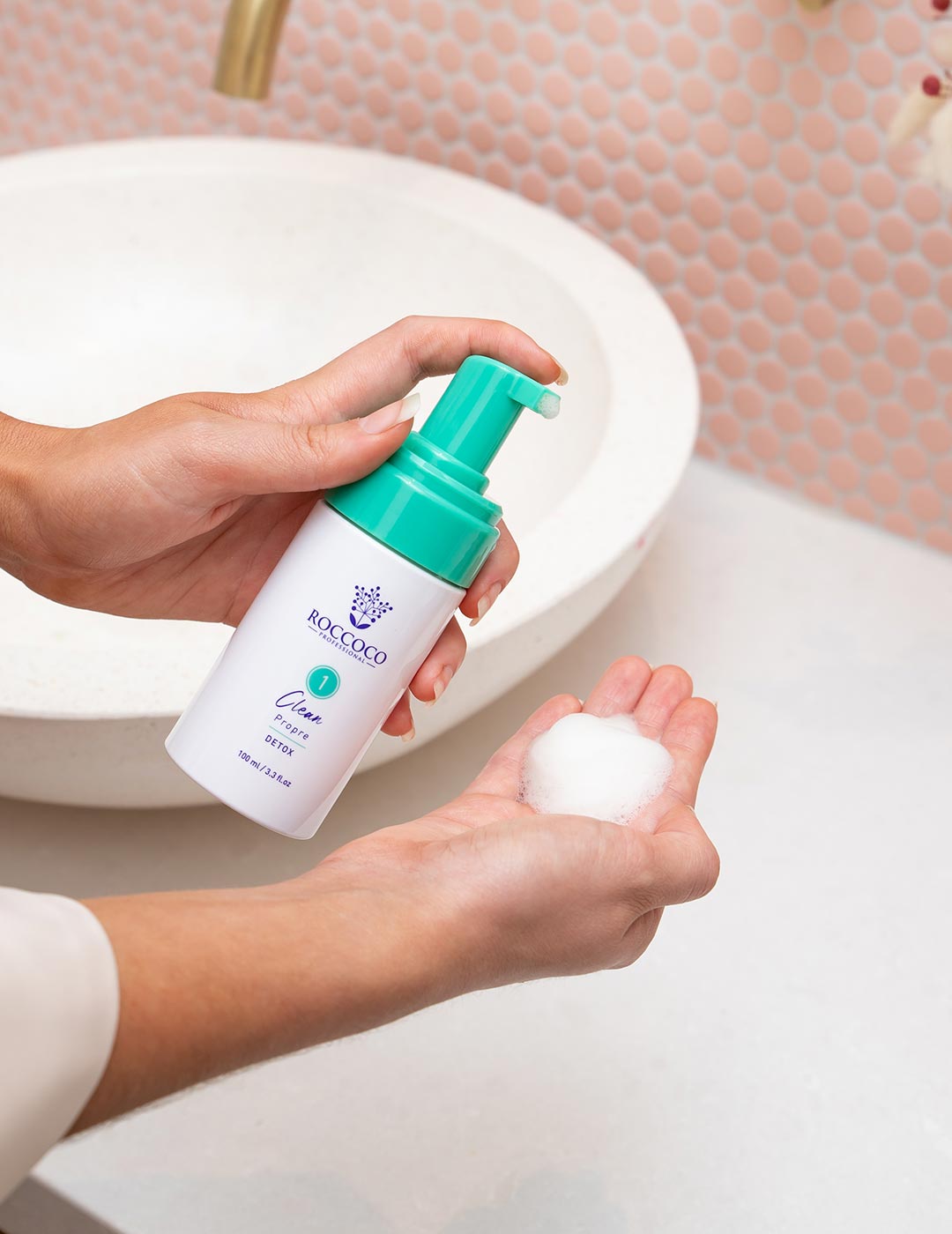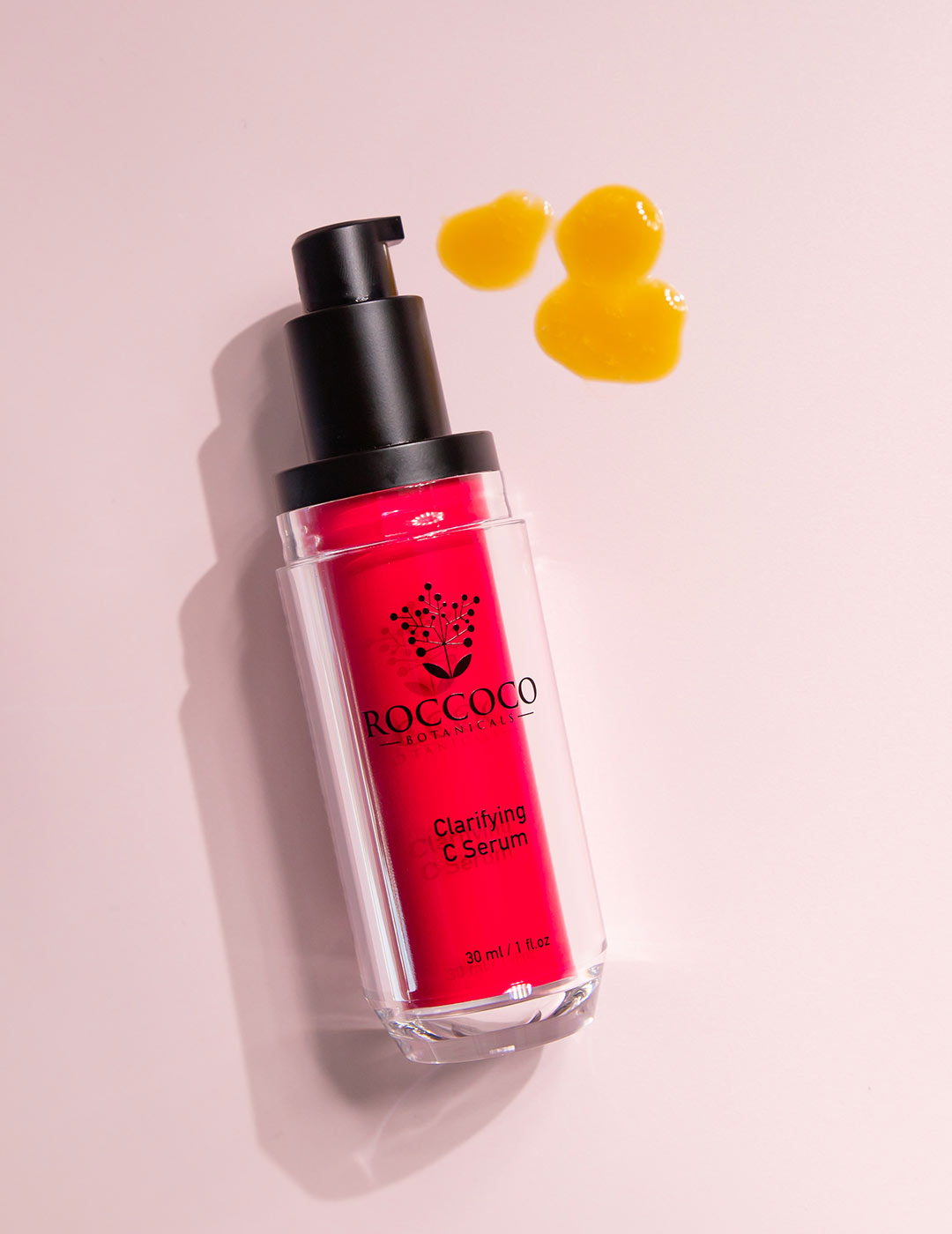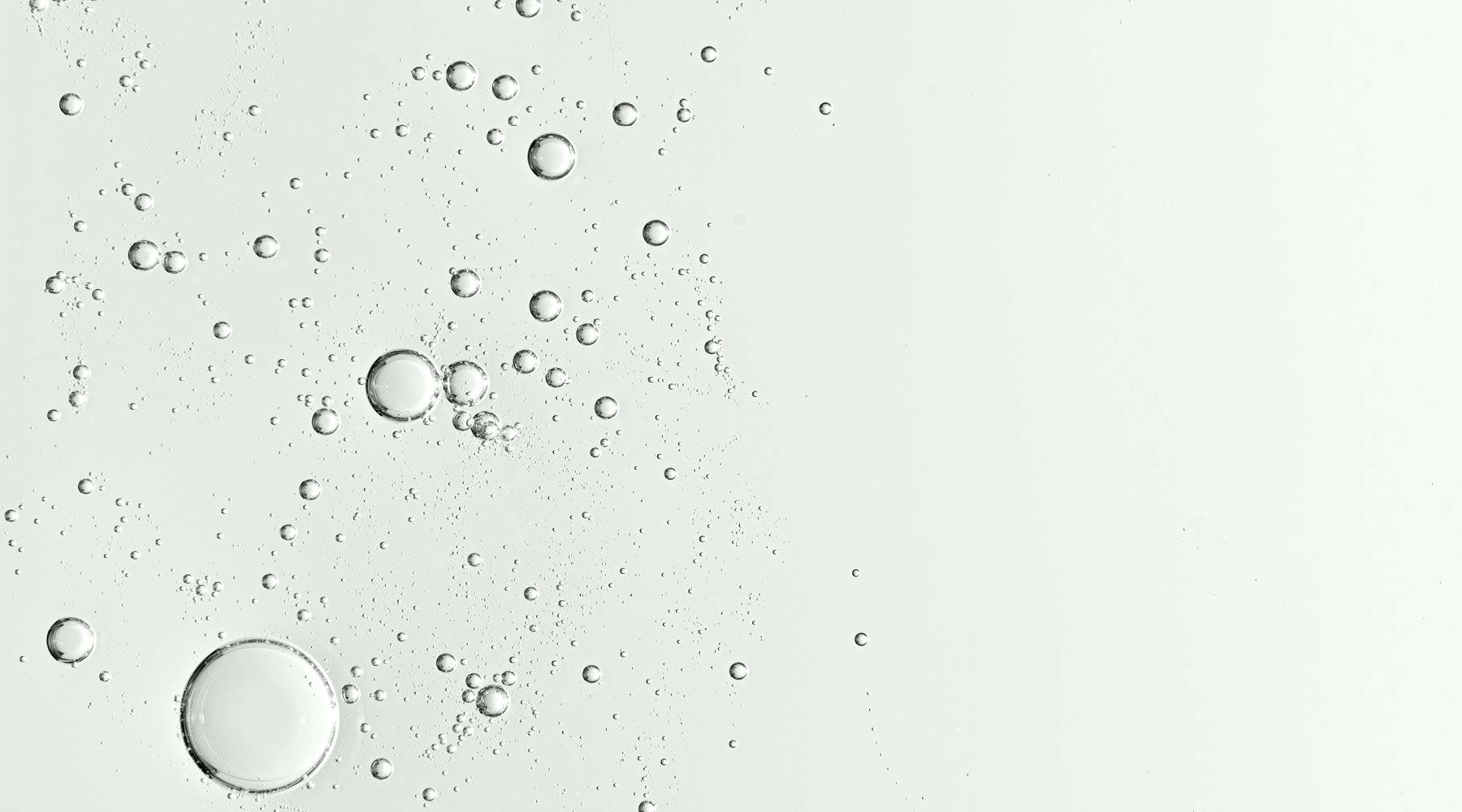Ceramides are a cornerstone of modern dermatology and cosmetic science, lauded for their critical role in maintaining skin barrier integrity, hydration, and overall health. As a cosmetic chemist, I've witnessed their rise to fame as a hero ingredient in countless formulations. However, a growing body of evidence and consumer experience suggest that many ceramide-based products are failing to deliver on their promises. This post will delve into the complex world of ceramide chemistry to explain why your ceramide product might be ineffective and explore the cutting-edge solutions that are revolutionising barrier repair.
The Science of Ceramides: More Than Just a Moisturiser
Ceramides are a class of lipid molecules that, along with cholesterol and free fatty acids, form the intercellular matrix of the stratum corneum (SC), the outermost layer of our skin. This lipid matrix is often described as the “mortar” to our skin cells’ “bricks,” and it is essential for a healthy skin barrier. Ceramides themselves account for approximately 50% of the SC’s lipid composition, highlighting their importance.
There are numerous classes of ceramides, each with a unique structure and function. The most important for skin barrier integrity include:
|
Ceramide Class |
Key Function in Skin Barrier |
|
CER [NS] & [NDS] |
Most abundant ceramides, crucial for lamellar structure |
|
CER [AP] & [A] |
Contribute to barrier organization and water retention |
|
CER [EOS] & [EOH] |
Ultra-long chain ceramides that create a highly ordered, impermeable barrier |
|
CER [NP] & [NH] |
Important for maintaining the lamellar phase and overall barrier function |
When the skin’s ceramide levels are depleted, due to aging, environmental stressors, or skin conditions like atopic dermatitis, the barrier becomes compromised. This leads to increased transepidermal water loss (TEWL), dryness, sensitivity, and a greater susceptibility to irritants and allergens. The logical solution, it would seem, is to topically apply ceramides to replenish what has been lost. However, the reality is far more complex.
The Failure of Formulation: Why Most Ceramide Products Fall Short
The disappointing performance of many ceramide products can be attributed to several key scientific and formulation challenges.
1. The Ratio is Wrong: The 3:1:1:1 Myth
One of the most significant, yet often overlooked, factors in a ceramide formulation's efficacy is the molar ratio of lipids. Groundbreaking research demonstrated that for optimal barrier repair, especially in aged skin, a specific molar ratio of 3:1:1:1 (cholesterol:ceramides:free fatty acids) is required. This is because cholesterol is a critical component for the proper organization of the lamellar structures in the SC. When this ratio is incorrect, or worse, when ceramides are formulated without cholesterol and free fatty acids, the product can actually delay barrier repair.
Unfortunately, many commercially available ceramide products do not adhere to this optimal ratio. The high cost of cholesterol and the complexity of formulating with free fatty acids lead many brands to cut corners, resulting in products that are biochemically destined to fail.
2. Poor Absorption and Distribution
Even with the correct lipid ratio, getting ceramides to effectively integrate into the skin's lipid matrix is a major hurdle. Research has shown that topically applied ceramides often accumulate in the skin's surface grooves, or "glyphs," rather than distributing uniformly throughout the stratum corneum. This uneven deposition means that the ceramides are not reaching the areas where they are needed most, rendering them largely ineffective.
3. Formulation and Stability Issues
From a cosmetic chemist's perspective, ceramides are notoriously difficult to formulate with. Their waxy, crystalline structure makes them poorly soluble in most cosmetic bases. To properly incorporate them into an emulsion, high processing temperatures (often exceeding 85°C) are required. This not only limits their compatibility with other temperature-sensitive active ingredients but also increases the risk of recrystallization over time, which can compromise the product's stability and efficacy.
The Future of Barrier Repair: Beyond Topical Ceramides
Given these challenges, the future of effective barrier repair lies in more sophisticated approaches that go beyond simply adding ceramides to a cream.
The Roccoco Approach: Empowering the Skin to Heal Itself
Instead of trying to force exogenous ceramides into the skin, a more elegant solution is to stimulate the skin's own ceramide production.
This advanced approach of stimulating endogenous lipid production is the cornerstone of forward-thinking brands like Roccoco. Instead of relying on the often-flawed method of topical application, Roccoco's formulations are designed to empower the skin to produce its own ceramides in the perfect, physiologically correct ratios.
Products such as the Roccoco Hydrating Essence, Ceramide Booster, and Oxylift exemplify this sophisticated strategy. They work in harmony with the skin's natural processes to upregulate the synthesis of ceramides and other crucial barrier lipids. This ensures not only that the barrier is repaired, but that it is rebuilt with the skin's own materials, leading to a more resilient, healthy, and self-sufficient barrier structure. This method bypasses the formulation and delivery challenges of exogenous ceramides, offering a more reliable and biologically sound solution for long-term skin health.
Advanced Delivery Systems: The Roccoco Standard
This commitment to scientific excellence extends to how Roccoco approaches topical delivery when it is required. While stimulating endogenous production is the primary strategy, Roccoco recognizes that for any active to be effective, it must reach its target.
When Rococo formulations do utilise active compounds topically, they are incorporated into extremely stable nano-structures. This advanced encapsulation technology is designed to overcome the exact challenges of poor absorption and stability that plague lesser formulations. These nano-structures protect the active ingredients and ensure they are delivered efficiently and effectively into the skin, maximizing their bioavailability and performance. This dual-pronged strategy of prioritising endogenous production while perfecting topical delivery represents a comprehensive and scientifically robust approach to skin health that sets a new standard for the industry.
What to Look For: The Superior Approach to Barrier Repair
As an informed consumer, you can make better choices by looking for products that address these scientific challenges. Here’s what to look for:
• A Complete Lipid Profile: Look for products that contain not just ceramides, but also cholesterol and free fatty acids. While the exact ratio is rarely disclosed, the presence of all three is a good sign.
• Endogenous Production Stimulators: The most advanced and effective approach is to use products that stimulate your skin's own ceramide production. Look for ingredients like niacinamide and phytosphingosine, or seek out brands like Roccoco that build their philosophy around this superior method.
• Advanced Formulations: Look for terms like “liposomal,” “nano,” or “lamellar” on the ingredient list or product description, as these may indicate a more sophisticated delivery system.
• Reputable Brands: Brands with a strong focus on dermatological research, particularly those from Korean and Japanese markets, are often at the forefront of effective ceramide formulation.
Conclusion: The Future is Endogenous
While ceramides are undeniably essential for a healthy skin barrier, the effectiveness of most ceramide-based products is limited by significant formulation challenges. The simple presence of “ceramide” on an ingredient list is no guarantee of efficacy. For truly effective barrier repair, the science is clear: the most reliable and biologically sound approach is to stimulate the skin's own innate ability to produce these vital lipids.
Brands like Roccoco are at the forefront of this evolution. By masterfully combining a primary strategy of endogenous stimulation (with products like Hydrating Essence, Ceramide Booster, and Oxylift) with advanced nano-structure delivery for topical actives, they offer a complete solution that bypasses the pitfalls of conventional formulation. This empowers the skin to repair and rebuild its own barrier in the perfect physiological ratio, leading to true, long-term skin health. As cosmetic science continues to advance, the future of skincare lies not in simply replacing what's lost, but in empowering the skin to heal itself.




